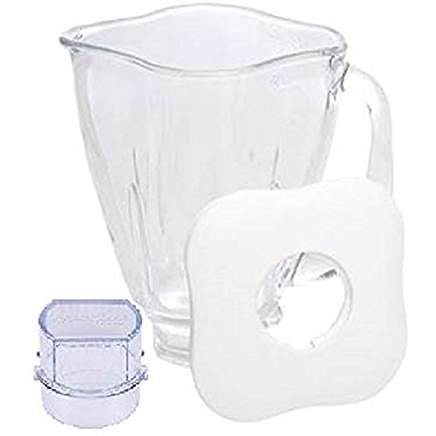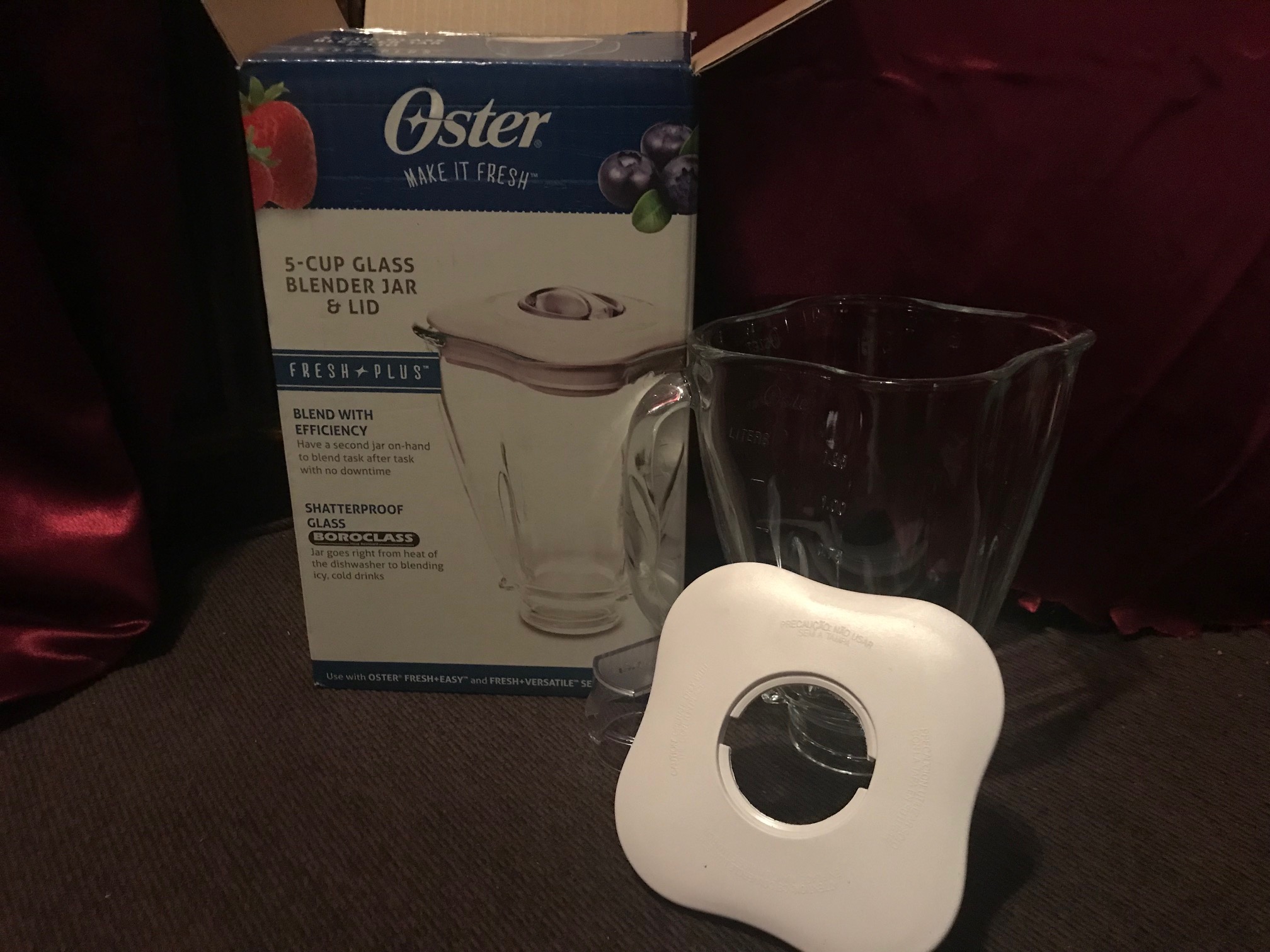Oster 5-Cup Glass Blender Jar And Lid
Oster 5-Cup Glass Blender Jar And Lid
Click here for an Amazon affiliate link* for this exact item.
This item consists of three components made of three distinct materials:
- Clear Borosilicate Glass Jar
- White Plastic Main Part of Lid
- Clear Plastic Center Part of Lid
To learn more about XRF testing, click here.
As I would have anticipated with an item like this (newly manufactured, primarily glass and hard plastic) all components were negative for Lead (Pb), Cadmium (Cd), Arsenic (As), and Mercury (Hg).
To see more Oster brand products I have tested, click here.
Below are the full XRF readings for each component (when tested using “Consumer Goods” mode). For each component tested multiple tests were done to confirm the levels (for 30 seconds or one minute per test) and each component was tested multiple times. For any element/metal detected, levels below 90 ppm are generally considered “trace” and not an additive to the product.:
Clear Glass (Borosilicate) Blender Jar
- Vanadium (V): 65 +/- 29 ppm*
- Titanium (Ti): 73 +/- 36 ppm*
- Barium (Ba): 1,350 +/- 398 ppm*
- In (Indium): 19 +/- 9 ppm*
- Lead (Pb): Non-Detect (ND)/Negative
- Arsenic (As): Non-Detect (ND)/Negative
- Cadmium (Cd): Non-Detect (ND)/Negative
- Mercury (Hg): Non-Detect (ND)/Negative
*only detected on some tests, not on all
White Plastic Lid Component
- Zinc (Zn): 164 +/- 33 ppm
- Titanium (Ti): 15,600 +/- 2,100
- Lead (Pb): Non-Detect (ND)/Negative
- Arsenic (As): Non-Detect (ND)/Negative
- Cadmium (Cd): Non-Detect (ND)/Negative
- Mercury (Hg): Non-Detect (ND)/Negative
Clear Plastic Lid Component
- This component did not test positive for any metals when tested with an XRF instrument
- Lead (Pb): Non-Detect (ND)/Negative
- Arsenic (As): Non-Detect (ND)/Negative
- Cadmium (Cd): Non-Detect (ND)/Negative
- Mercury (Hg): Non-Detect (ND)/Negative
Additional photos to be posted shortly.
To see more blenders and blender components I have tested, click here.
NOTE: XRF testing is recognized by the Consumer Product Safety Commission as an acceptable and accurate way to screen consumer goods for potential toxicants. The Niton XL3T model that I use tests down to single digit parts per million for any metals detected. I am not a lab and do not represent a lab and no formal reports (other than the results as shared in these blog posts) are created through my work. That said the results are replicable by others using the same instrumentation (and also generally by others using digestive or destructive testing as long as the components are tested separately.)
Thank you for reading my posts and for sharing!
As always, please let me know if you have any questions.
Tamara Rubin
#LeadSafeMama
*Links on this page may be Amazon affiliate links. If you purchase something after clicking on an affiliate link I will receive a small percentage of what you spend at no additional cost to you. Thank you for supporting my advocacy work in this way.
Never Miss an Important Article Again!
Join our Email List





I have noticed the glass part had high levels of barium. Is this a cause for concern?